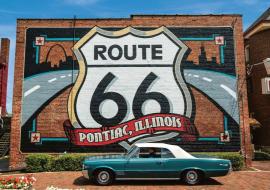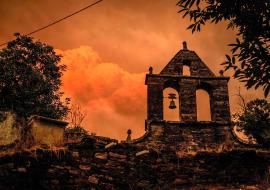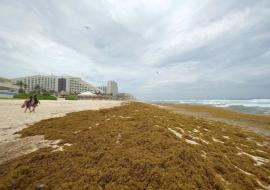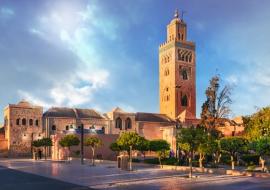“Con el Morir la Vida” Photographic Exhibit
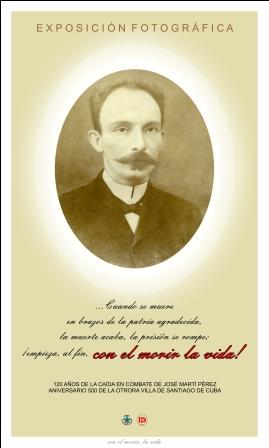
A photographic exhibit entitled “Con el morir la vida” was opened at Francisco Prat Puig Cultural Center to commemorate the 120th anniversary of the passing of Jose Marti and half a century of the foundation of Santiago de Cuba village. The keynote address was given by the city’s historian, D Sc. Olga Portuondo Zuñiga and we have for you: Con el morir, la vida.
Click on Santiago de Cuba: A City of 500 Years
When Jose Marti was mortally wounded in an unequal battle on May 19, 1895, his blood was spilled on the eastern region that had just kicked off the pro-independence fight. The love for his homeland germinated wherever his lifeless body was kept: Dos Rios, Remanganaguas, Palma Soriano, the railroad from Sabanilla to Maroto, the cavalry barrack in San Luis de las Enramadas, and Santa Ifigenia Cemetery in Santiago de Cuba.
So, during the Republic he helped create, the people stopped his ideas from falling into oblivion. Every day, every year his presence was recalled by women and men, since he showed them the way to decorum. Marti’s tireless words for everybody, his passion for life, the Cuban identity he stood for, became indispensable. Modest altars marked the place where his mortal remains were put: niche 138, Pavilion, the Retable of Heroes. Jose Marti was worshipped in the heart of his compatriots, who demanded “an honorable tomb for the Apostle.”
The Mausoleum was built between 1948 and 1951, and the Cuban people paid tribute to the hero in June. In the year of his centenarian, the youth enlightened by his words held the purity of Cuban soul alive by fighting for freedom. The monument presently stands as a place where everybody reflects on the ideas of that man, who wanted the Cuban people to live with dignity.








